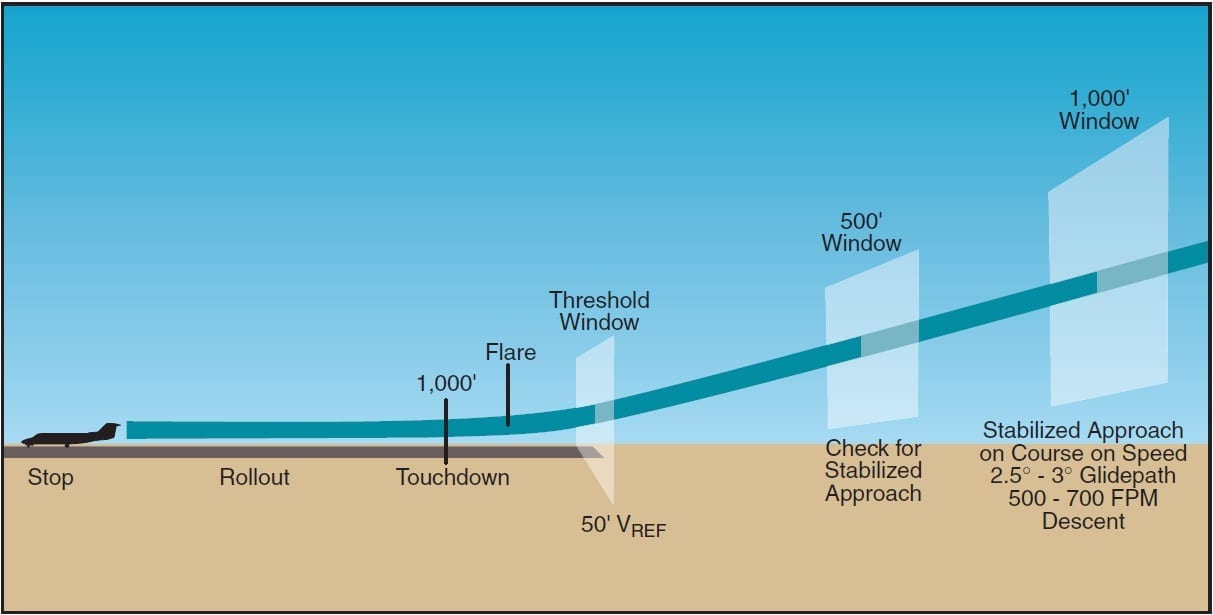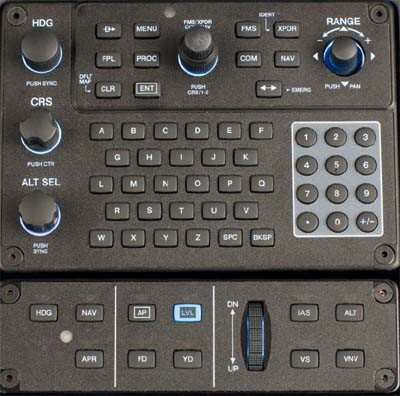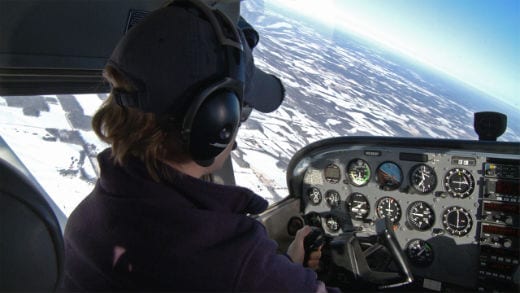
Air Facts turns five!
John's blogThis magazine was founded in 1938 by Leighton Collins to advocate for "facts - knowledge - safety." Since then, its pages have been filled by some of aviation's greatest writers, including Richard Collins, Wolfgang Langewiesche, Bob Buck and Richard Bach. Given that rich history, it may seem odd to celebrate a fifth birthday, but Air Facts in its current form was relaunched five years ago, in March 2011.

Icing: the cold, hard (air) facts
Weather GeekThere is a saying that goes, “In aviation there are three kinds of ice: good, bad, and hazardous. The good ice is found in the galley.” Most of us are not flying airplanes with galleys, but you get the point. So any ice on the outside of an aircraft is either bad or downright hazardous. Here's how to avoid it - no matter what time of year it is.

The little Viscount that coulda, woulda, shoulda – but didn’t?
I was thereWhen we approached the button, we saw the visibility had dropped to ¼ mile in S+ and, as we rolled onto the runway heading, there appeared to be half an inch of wet snow on the surface. The F/O was doing the flying and just after V1 he shouted out, “Jim she won’t fly.”

The weather is what it is – all alone in a Cherokee Six
I Can't Believe I Did ThatI descended until I was, in fact, right on top of the waves. The visibility was better there, but, of course, at that altitude, I could no longer receive any VOR signals, and the airplane had no GPS equipment – no airplane did back then. All I had was a coffee-stained sectional chart, and it looked coldly aloof and insultingly bare of any useful information at the time.

Facebook is bad for general aviation
OpinionHow can we turn around the public’s fear and confusion about GA? Let’s all agree, and get other pilots we know, to take the three-item Facebook pilot pledge. The three items are simple: Don’t share bad news, share only good news and share the beauty we see.

The changing myths of aviation
Dick's blogIn this wide-ranging article, Dick Collins explores 9 myths about flying - some of which the FAA wants to bust, some of which the FAA perpetuates. Is GA safe? Not safe enough. Is learning to fly hard? No, but it's not easy either. Read the complete article for a thought-provoking look at our shared wisdom.

Not all preflights are created equal – 4 different approaches
TechniqueThe detail and depth of a preflight inspection can vary from day to day based on the type of airplane we are flying, where that airplane is parked, and even whether recent maintenance has been conducted. Let's talk about our preflight attitude or mindset for renters/flying clubs/partnerships, individual owners, Part 135 or Part 91 corporate operations, and airplanes fresh out of maintenance.

An unforgettable passenger shows the power of sharing a flight
I was thereI have given a lot of people rides in both my RV-6 and now in my RV-12, and I always enjoy it as least as much as they do. What I have failed to realize, though, is that what I consider to be nothing more than a small favor may very well be measured at a far higher worth to the recipient. Phil was one of those passengers.

Staying alive: the merits of multi-state training
I was thereWeather was almost never an issue in California, but I sure learned about the effects of density altitude in ways I’d never experienced in Alaska. Off-airport landings and gravel takeoffs are common enough in Alaska, but I sure learned the value of understanding Air Traffic Control procedures and complex airspace flying through the Lower 48.

Transcendental reactions – how aviation and photography work together
InterviewRussell Munson is one of aviation's most celebrated photographers, contributing to Richard Bach's classic book Jonathan Livingston Seagull and dozens of cover photos for Flying magazine. He's also an active general aviation pilot. We asked him about photography, airplanes and what happens when the two come together.

The case for automation
OpinionLately there has been a lot of focus on over-reliance on automation in the cockpit – both in general aviation and the Part 121 world. Most of us can agree that as our avionics and aircraft become more sophisticated and automation becomes more affordable, this is a very real problem. But what about those of us who insist on flying with too little automation?

Forced landings: is getting your shoes muddy the biggest risk?
Dick's blogI was always of two minds about forced landings after a power failure. One, if I thought the engine was going to quit I wouldn’t go flying. Two, I knew that engines did quit so I had best not be surprised if one did, and had best have a plan for what comes next.

Surviving a mid-air
I was thereAt approximately 200 ft. AGL there was a thud and the 140B shuddered as a glimpse of red passed by my left-side window. Then a red airplane (type still unknown at that point) passed in front of my windscreen, hit the nose of my aircraft, and disappeared under my starboard wing, all in about three seconds.

The real incentives young aviators need
OpinionAviation is not just about playing with your family’s toys and living out the thrills of flying every day. It’s about the friendships that are created in hangars, the sound of a Lycoming roaring to life after YOU replaced that cylinder, the old school feeling of grass under your landing gear, the controlling of numerous aircraft simultaneously, and the everlasting wonder of flight.

Out of touch with modern life – lessons from golf’s decline
John's blogGolf and flying share a lot in common: a reputation as an expensive leisure activity, a mid- to late 20th century boom, a significant decline over the past decade and a search for relevance among a new generation. What can pilots learn from golf's decline?

Killer autopilots? It is all in the eye of the beholder
Dick's blogIt is my opinion that the debate over basic airmanship v. high-tech has become confused. Advances in information technology have done wonders for all forms of aviation and should be embraced by all. I think the jury is still out on some forms of automation though autopilots have gotten a lot better. They can still be deadly in the hands of a pilot who doesn’t fully understand the system.

If you lose control, it’ll ruin your whole day
Dick's blogLoss of control has been the number one cause of fatal private aviation accidents since the beginning of flying time. The phenomenon is actually one of the things that prompted my father to start Air Facts in 1938 and we have been talking about it here since that beginning. Rather than rehash all the information that has been cranked out by the government and the associations, let’s just have a discussion of the problem and how to avoid it.

Really low on fuel in a thirsty Super Cub
I was thereThe days are short, and quickly getting shorter, in Alaska’s September, and it was nearly dark as I readied my Super Cub for the return flight. I took from the guide’s avgas cache only what was necessary to make the safe flight back to Merrill Field that night. I carried no reserve fuel. I didn’t like to do that, but sometimes we found it necessary in bush operations.

An unconscious pilot – and it’s a good thing
I was thereI was flying as well as I ever had, and even though fatigue was at work I was happy. Then the unexpected happened. After fitting into a four-plane pattern at home base, on short final I realized the pilot was unconscious! Relax. I was perfectly alert and awake. My loss of consciousness might even have been a good thing. Allow me to explain.

An accident waiting to happen – when should you speak up?
I was thereI didn’t want to speak up right away (I didn’t want to undermine the instructor, or speak up before my buddy did), but finally the worsening weather became too much of a concern to keep quiet. I told them that the weather was clearly deteriorating. The next day at work, some of the employees seemed to think that I should have just kept my mouth shut.
